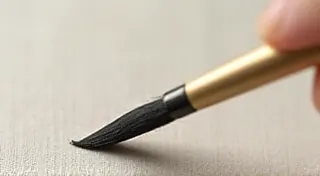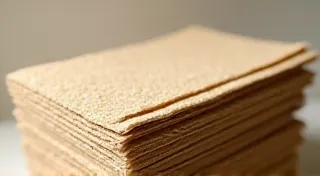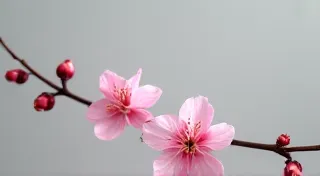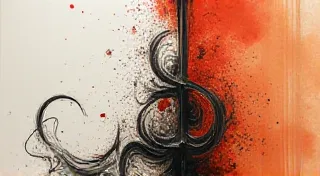Exploring Different Styles of Sumie Painting
Sumie painting, often referred to as Japanese ink painting, is more than just a single technique. It’s a rich tapestry of styles and approaches, each offering a unique perspective and aesthetic. While often associated with minimalist monochrome depictions, the world of Sumie is surprisingly diverse. This article explores several prominent styles, helping you discover which resonates most with your artistic inclinations.
The Essence of Simplicity: *Hakubyō* (白描) and *Sansui-ga* (山水画)
Let’s begin with two foundational styles. Hakubyō (白描), meaning “white outline,” is a classic technique that emphasizes delicate lines and detailed outlines. Originally used for Buddhist iconography, it showcases a meticulous approach to form and composition. While technically not purely Sumie (as it often incorporates color), it’s a vital precursor to understanding later developments.
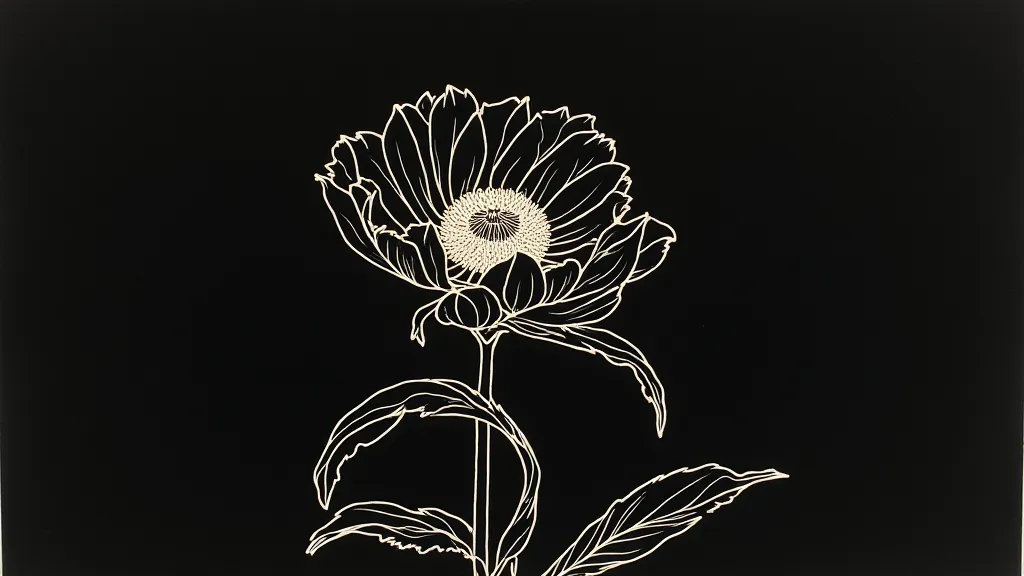
Sansui-ga (山水画), meaning "landscape painting," is perhaps the most recognizable Sumie style. It focuses on depicting natural landscapes – mountains, rivers, trees – often with a focus on capturing the spirit and atmosphere rather than precise representation. This style embraces a sense of spaciousness and uses ink washes and dry brush techniques to convey depth and texture. Early Sansui-ga often featured stylized compositions and deliberate emptiness to evoke a sense of tranquility and connection to nature.
Beyond Landscapes: *Kanga-ga* (漢画) and *Bushū-sumi-e* (武衆墨絵)
The arrival of Chinese artistic influences in Japan led to the development of Kanga-ga (漢画), a style heavily inspired by Chinese painting. This style often features bolder compositions, more complex narratives, and a greater emphasis on human figures within the landscapes. While maintaining the core principles of Sumie, Kanga-ga showcases a noticeable shift towards greater dynamism and detail.
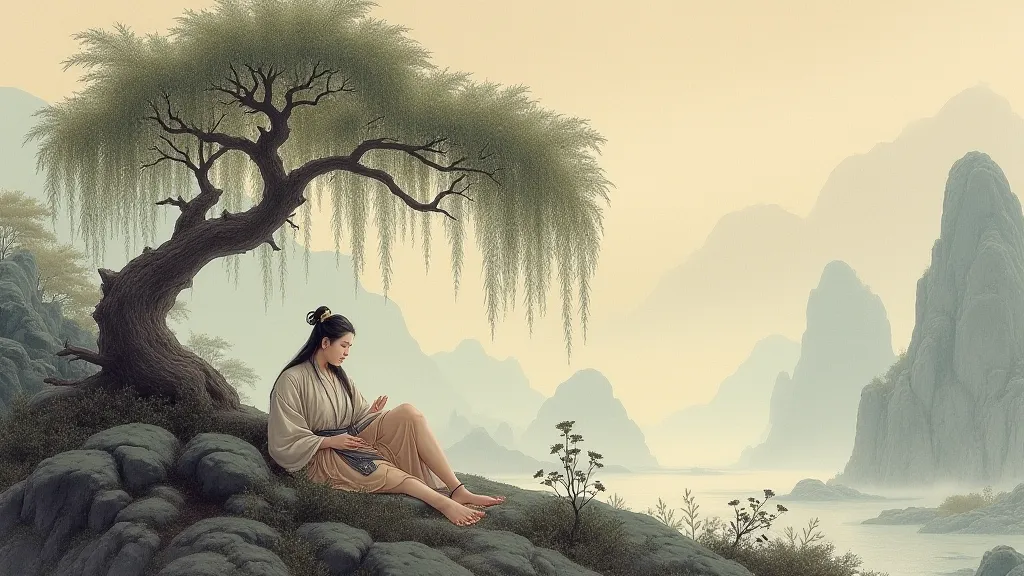
In contrast, Bushū-sumi-e (武衆墨絵), or "Warrior’s Ink Paintings," arose during periods of conflict. These were often created by samurai, who used Sumie as a form of self-expression and meditation. Bushū-sumi-e tends to be bolder and more direct, often depicting battle scenes, portraits of warriors, or abstract expressions of strength and resolve. The style prioritizes conveying emotion and energy over meticulous detail.
Modern Sumie: Innovation and Personal Expression
Contemporary Sumie artists often blend traditional techniques with personal expression, pushing the boundaries of the art form. While respecting the principles of Sumie – simplicity, spontaneity, and a deep connection to nature – modern artists may experiment with unconventional materials, subject matter, or approaches. This can involve incorporating subtle color washes, exploring abstract forms, or drawing inspiration from diverse cultural influences.
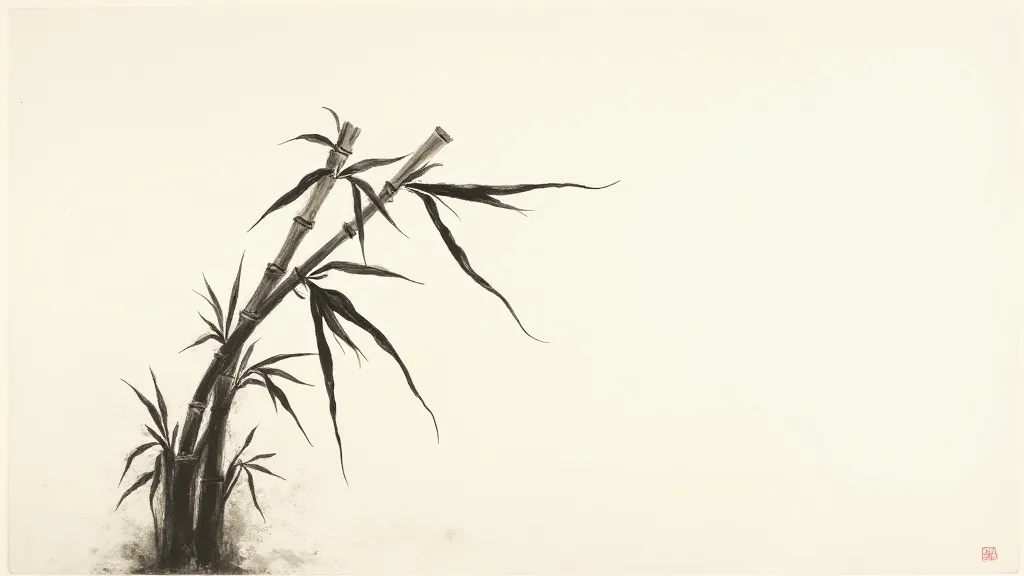
Finding Your Style
The beauty of Sumie lies in its openness to interpretation and individual expression. Don's feel constrained by tradition. Explore different styles, experiment with techniques, and discover what resonates with you. Whether you prefer the quiet elegance of Hakubyō, the sweeping vistas of Sansui-ga, or the expressive energy of Bushū-sumi-e, embrace the journey and find your own voice within the world of Sumie painting.
